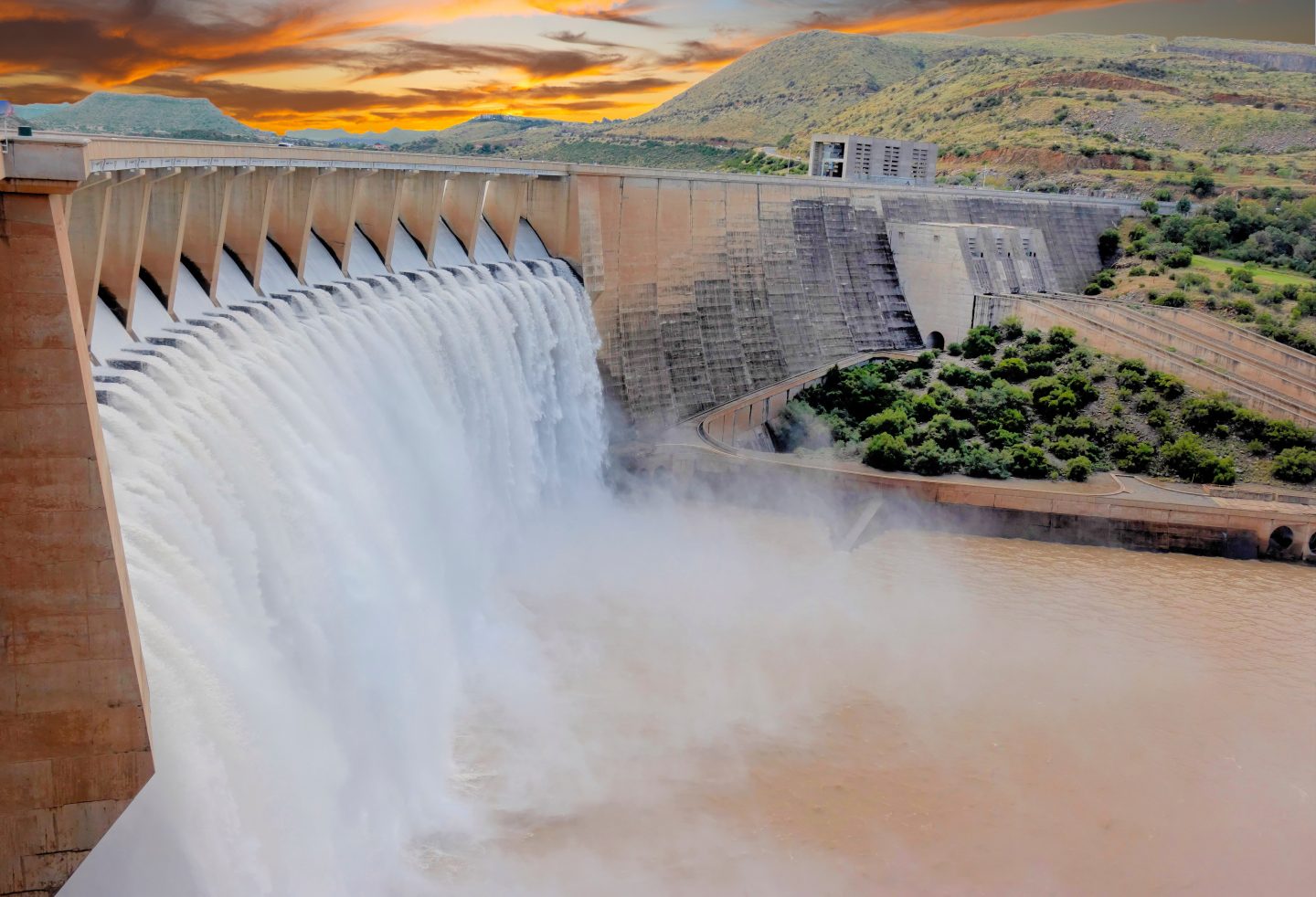PARSEC sectors: Energy
Application fields: Energy & Natural Resources
Keywords: dam integrity, hydropower, inspection, maintenance, Mechanical storage, modern reversible pump-turbines, new equipment controls, pumped hydroelectric energy, site selection, underground tunnelling
Pumped hydroelectric energy storage is a type of hydroelectric energy storage used by electric power systems for load balancing. The energy is stored in the form of gravitational potential energy of water, pumped from a lower elevation reservoir to a higher elevation. During periods of high demand of electricity, the stored water is released through turbines to produce electric power. This technology allows energy from intermittent sources such as solar and other renewables, or excess electricity from continuous base-load sources to be saved for periods of higher demand.

Significant advances have been achieved for the pumped storage technologies since its beginning. Current technologies provide improved efficiencies with modern reversible pump-turbines, adjustable-speed pumped turbines, new equipment controls such as static frequency converters and generator insulation systems, as well as improved underground tunnelling construction methods and design capabilities. Among the benefits allowed, it is the possibility of tuning of the grid frequency at night or during system disturbances or anomalies, as well as the use of fluctuating renewable wind or solar energies to pump water to the upper reservoir. Pump operation with adjustable-speed units is extended in comparison to single-speed units, enabling more real-time response to grid conditions.
EO Relevance
Earth Observation technologies are capable of improving and scaling the search and analysis of suitable sites, similar to the cases of other large-scale energy projects.
Leave A Comment